5 hours in Gdansk and Sopot with a guide
#Guide in Gdansk#Local tour guide in Sopot #Private tour guide in Gdansk #local guide in Gdansk #tourist guide in Gdansk
5 hours – price 1,400 zloty for the whole group + 12 zloty per person for a return ticket by local train to Sopot.
We will have time for a coffee break on the way.
1. Coal Market (Targ Węglowy) – an important place in the old Hanseatic town
Here we see the theatre, the Great Armoury, the Straw tower and the School of Architecture. We’ll also take a look at the old prison before walking through the city gate.
2. Long Street and Long Market (ulica Długa/ Długi Targ) – no cars allowed!
We see the magnificent townhouses that were rebuilt after the devastation of 1945. And then we arrive at the town hall, the fountain with Neptune and the old guild building.
Along the way, we talk about the role of Gdansk in the Middle Ages and Renaissance – a city with a certain independence that was also the centre of Poland’s huge grain trade.
We also look at the time under Germany and the time as an independent free city – during the Napoleonic Wars and again between WWI and WWII.
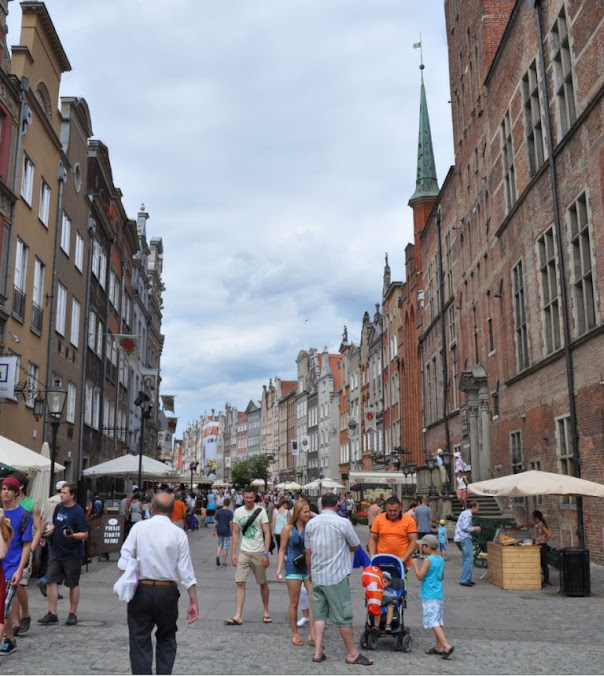
3. Side streets – take a look and see, how the old city actually looked
We leave the main street to see how the city was built up before WW2. At the same time, we see the back of the magnificent rebuilt Renaissance houses and hear the story behind the reconstruction.
4. Royal Palace – The Green Gate and the channel
Here I’m talking about the Castle and the World War II Museum, which can be seen in the background. I talk about the exhibition and the political discussions around the museum.
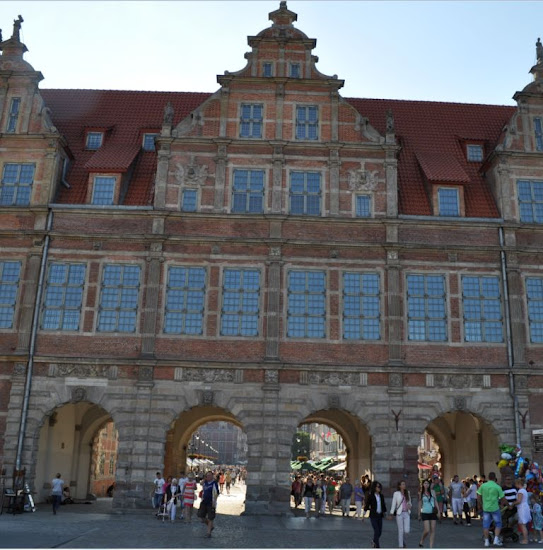
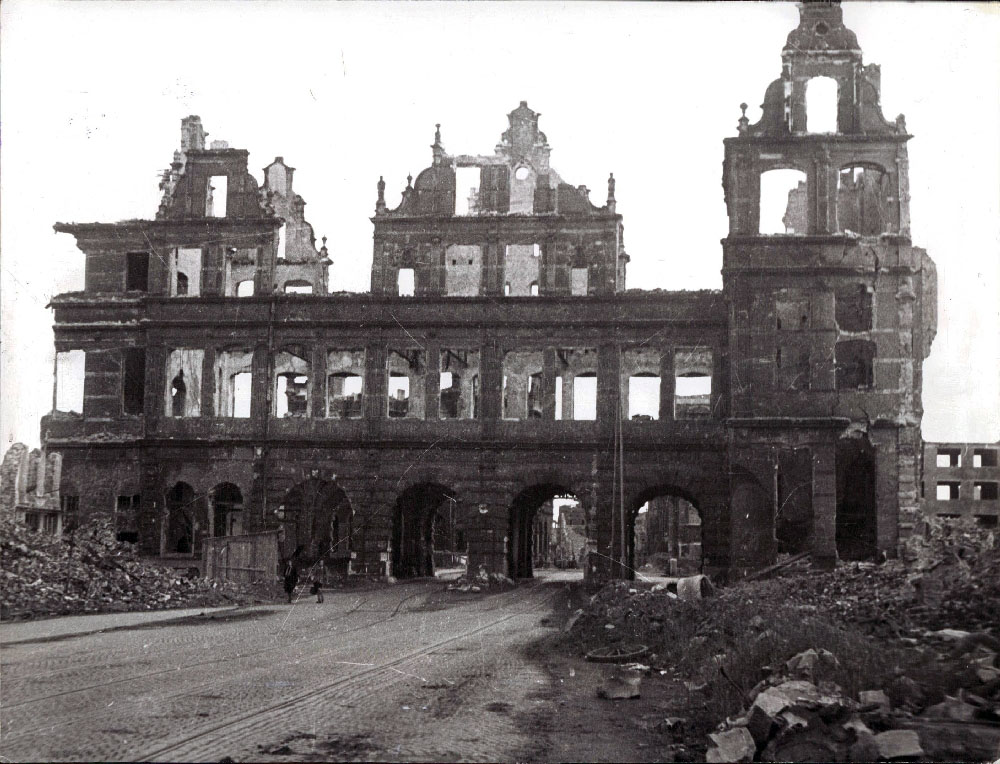
5. The marina – a new luxury area in Gdansk
New luxury apartments and concrete buildings from the 1970s.
We’ll talk a bit about the construction of housing under communism. We can also see the latest stages of the reconstruction of Gdansk and some of the old warehouses.
6. The channel – where the right side of the canal is quite new.

7. The Old Crane, which was one of the largest cranes in Northern Europe in the Middle Ages.
8. The Amber Street
Here we talk about amber and the city’s status as an amber centre and admire the street where we still find surviving houses from before WW2. WW2.
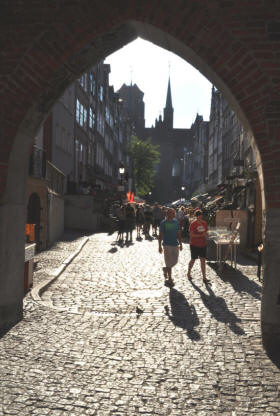
9. St Mary’s Church – an enormous brick church from the Middle Ages
We first talk about the role of the church in Poland, both over the last 100 years and the last 5-10 years.
Inside, we take a tour of the huge and magnificent church.
We stop at the memorial to those who died in the 2010 Smolensk plane crash that killed 96 people, including the President of Poland and the entire top administration.
We also look at an old painting titled “Judgement Day” and hear about its history. And then we look at the old astronomical clock and hear legends about it.
We end at a memorial to Paweł Adamowicz – the mayor of Gdansk who was stabbed to death in a public event in 2019
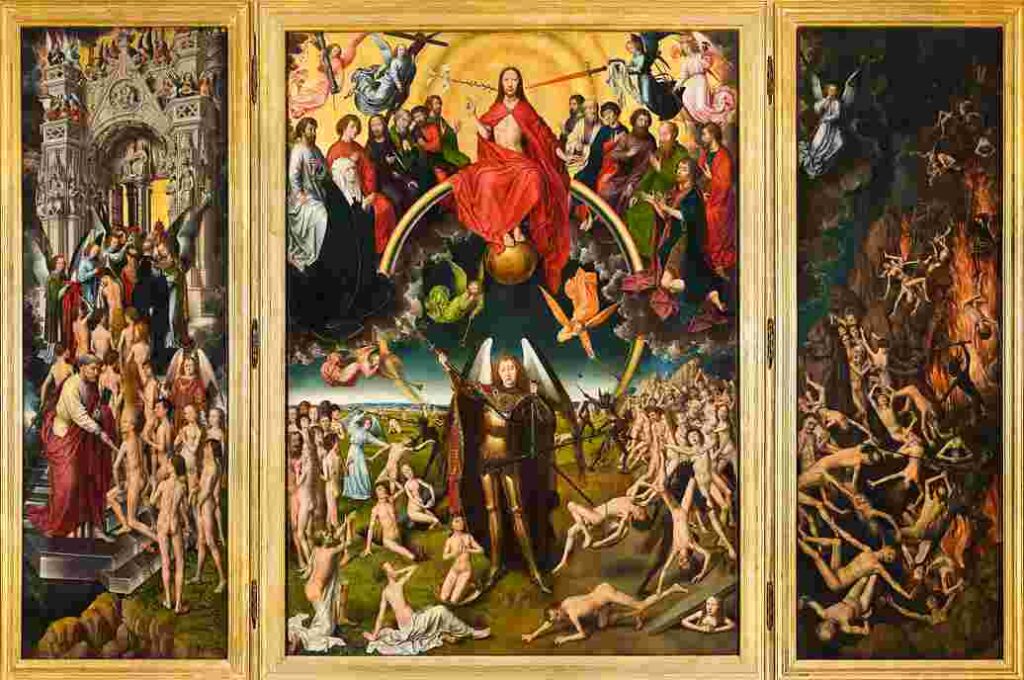
10. Market Hall in Gdansk in German style
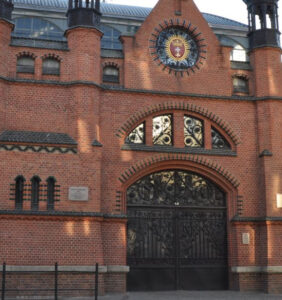
11. The Old Mill used to be a church privilege in the middle ages
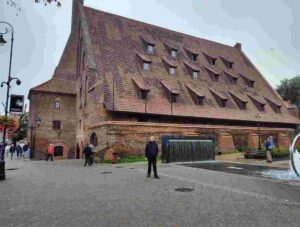
12. The Shipyard and Solidarity Museum – the story of Lech Wałęsa
Here I talk about the 1970 strikes, the military intervention, the 1980 strikes, Solidarity, the threat of Soviet intervention, the state of emergency, Brezhnev, General Jaruzelski, the Pope, Reagan, Wałęsa and Gorbachev. Finally, we end with the Round Table negotiations and the collapse of communism in Central Europe.
We see the impressive Solidarity Centre and take the lift to the roof where we can look out over Gdansk and talk about what’s happening today in the old shipyard area.
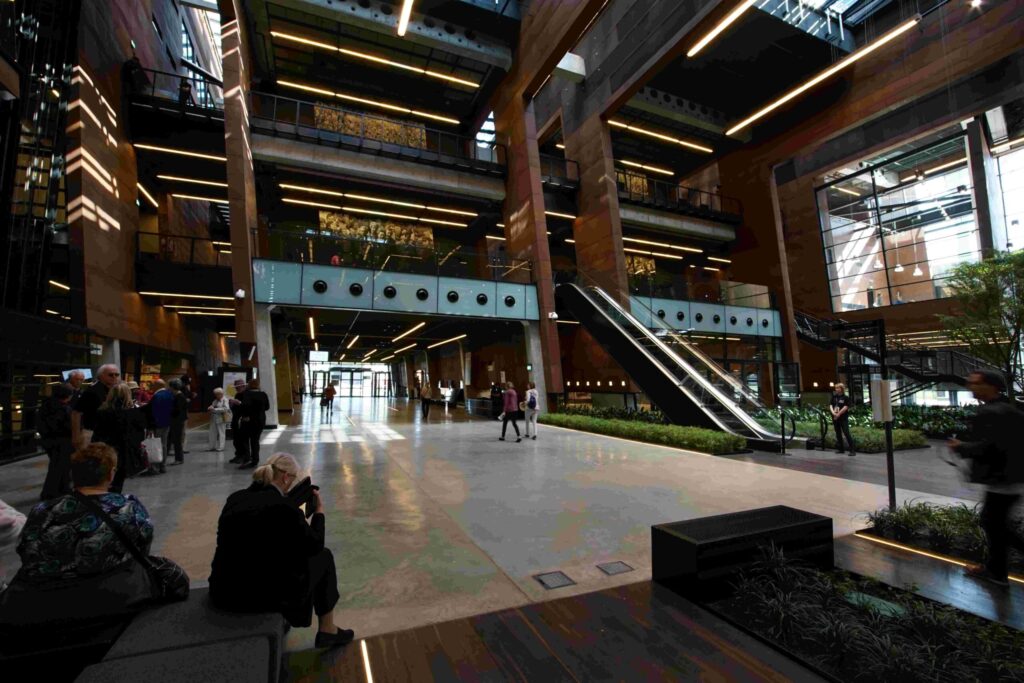
13. Local train to Sopot – excellent transport from place to place
In Sopot, we walk along the long pedestrian street, Monte Cassino, and end up at the longest wooden pier in Europe.
On the way, I’ll tell you about what you see and the city’s status as an exclusive holiday resort.
We end the trip at the pier. Here you can decide to stay in Sopot or walk with me back to the station and take the train back to Gdansk.
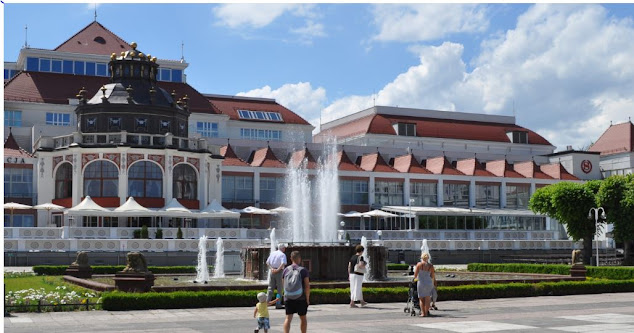
Alternative suggestion: In summer, instead of Sopot, we can take a water tram along the canal to Westerplatte, where World War II started in 1939. Here I talk about the background to the conflict and the importance of the defence of Westerplatte in Polish consciousness. Extra charge: 80 zloty per participant for a return ticket to the water tram.
Write to me at m@hardenfelt.pl to arrange a guided tour in Gdansk
